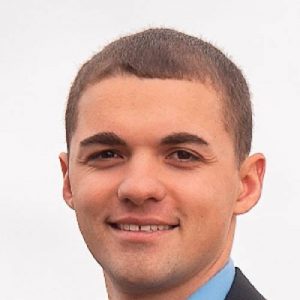Pueblo City Schools joins in lawsuit challenging TABOR
Pueblo City Schools (D60) has added its name to a list of plaintiffs in a constitutional challenge to Colorado’s Taxpayer’s Bill of Rights.
During its regular September meeting, the board of education approved a resolution that will see the district become part of the Kerr et al v. Hickenlooper civil lawsuit, filed in 2011 in U.S. District Court in Colorado.
The plaintiffs — current and past state legislators, public officials, educators, administrators and private citizens — have sued to overturn TABOR.
“The ability of Pueblo School District No. 60 to provide adequate education services to its students depends in part on its ability to convince the Colorado General Assembly to adequately fund the Public School Finance Act,” the approved resolution declares.
Additionally, the Taxpayer’s Bill of Rights “prevents the state and its local school districts from fulfilling their constitutional obligations to adequately fund the public schools” and has impinged on the district’s ability to provide for the education of its children “due to requirements for elections to approve any increases in the property tax mill levies.” Continue reading






